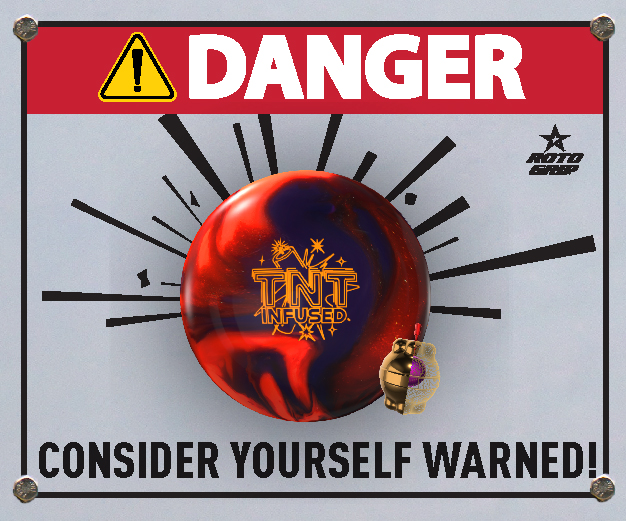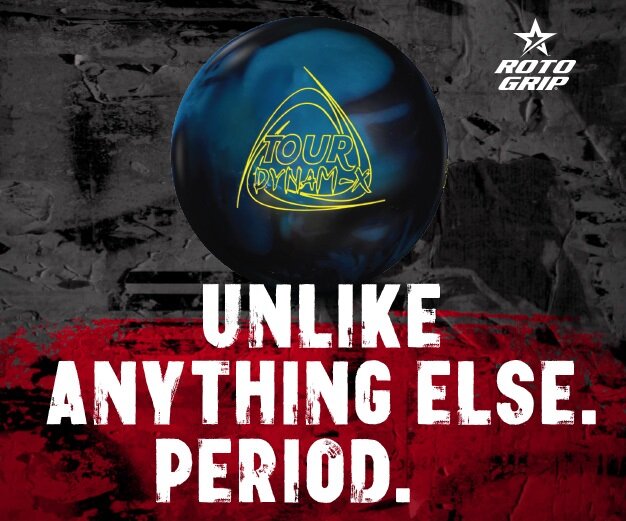Thumb Timing The Key To A Perfect Release
By Gee Lopez
There are many things that need to fall in place to have a perfect release, such as the fit of the bowling ball, a loose arm swing, and good timing. Now when I say timing I’m referring to the ball in relation to the feet arriving at the foul line together in an almost effortless way while maintaining balance. In short it should almost feel like you never had a bowling ball in your hand. But there are two different kinds of timing, timing in which I just referred to and thumb timing. In my opinion thumb timing is most critical key to a perfect release. What is thumb timing you ask? It is the moment the thumb is at its most downward position and exits the thumb hole naturally. It is best executed when the swing is relaxed from front to back, allowing gravity to take over and simply wait for the thumb to exit by itself before accelerating the follow thru. Depending on how tight or loose the thumb hole is will determine the window of time the thumb has to exit the ball. The tighter the thumb hole the smaller the window. The looser the thumb hole the larger the window. Keep in mind these results are based off of a relaxed arm swing. For instance if the thumb hole is too loose for a bowler with a relaxed swing, the window will be too large and the thumb will fall out of the ball well before it’s supposed to. If the thumb hole is too loose for a bowler that has a very tense (muscled) swing they will squeeze with the thumb thru out the swing and pass the point were the thumb is supposed to come out. Now instead of the thumb facing down it is more likely to be facing anywhere from fifteen to forty five degrees. This will create an undesired amount of friction on the thumb and create the feeling that the thumb is getting stuck upon release. This will trick the bowler into thinking that the thumbhole is probably too tight and have the thumb hole enlarged to compensate for the sticking. In my opinion this is the beginning of a series of problems that should’ve never started. This negative impact could result in poor timing (walking too fast or slow because of a muscled swing), Poor thumb timing (lofting the ball one foot one shot and three feet the next shot), Poor balance at the foul line (pulling down on the swing to create ball speed), Tendonitis, or going down in weight because the ball feels too heavy when you pull it back and forth. I’m frequently asked this question. “When am I supposed to let go of the thumb?” What I tell people is you shouldn’t have to let go of the thumb, the thumb should let go of you. When it does that will be your window were now you can accelerate thru with the fingers to your desired target. There are other factors that come in such as thumb pitch, span, and bevel that will help you achieve a perfect release. But the number one key in my opinion to achieve all this is practice. Take into consideration that it will take time for muscle memory to adapt to something different. Below is a diagram (page 8) of a practice drill for thumb timing that anyone can practice at home. All you need is a carpeted floor and a pillow against the wall to roll the ball into.
Gee Lopez is a bowling shop technician
at Carmen Don Pro Shop in Alexandria VA.
















Where is the diagram???
Allan,
Here is a link to see what Gee is talking about regarding thumb timing.
http://www.ncausbca.org/bowlmag/archives/2011_11.pdf